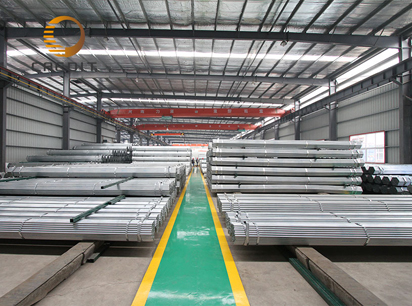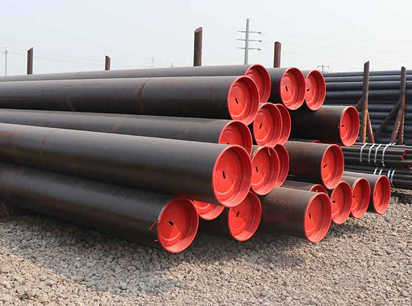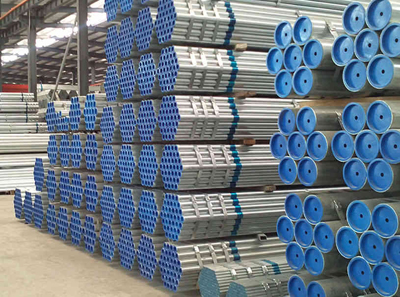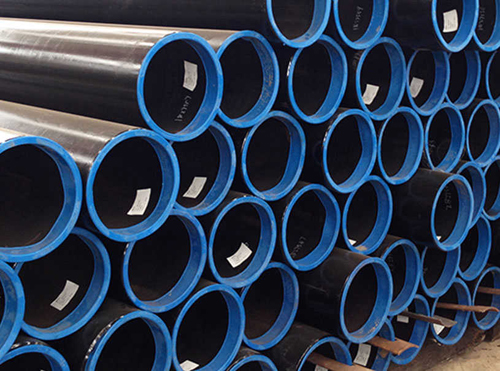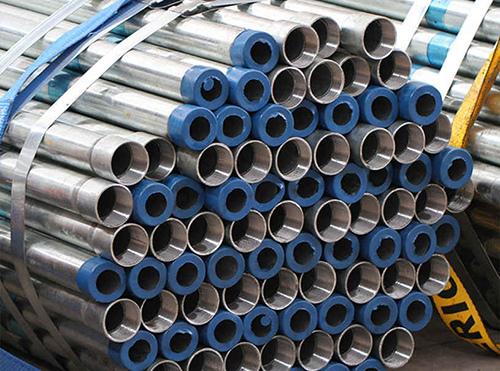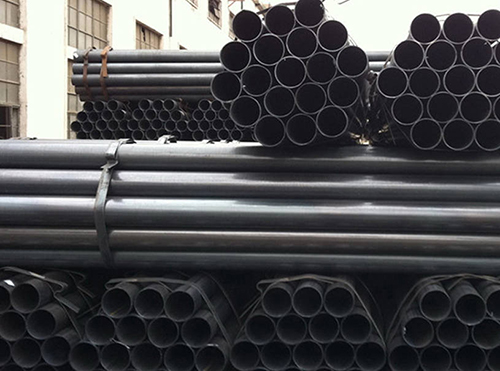In recent years, the demand for steel pipe insulation pipes in various industries has increased. The manufacturing process of China's steel pipe anti-corrosion plants has been relatively mature, and various types of anti-corrosion can be produced. The performance advantage of 3PE anti-corrosive steel pipes is most prominent.
The equipment commonly used in the production of anti-corrosive and heat-preservation steel pipes include pipe buffer platforms, pipe-drawing units, traction machines, pipe-penetrating machines, high-pressure gunners, repair platforms, transmission lines, steel pipe preheating furnaces, and shot blasting machine hosts. 3PE anti-corrosion steel pipe shall be applied to the inspection table and the transmission line of unqualified steel pipes in the inspection.
Not only can they be used for good insulation of steel pipes, but the product quality has also passed strict inspection.
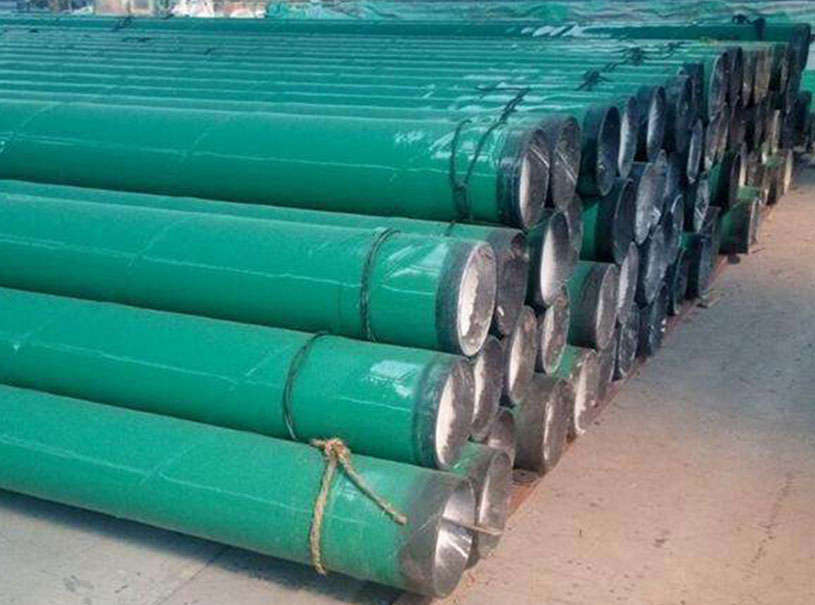
3pe Pipe
Anti-corrosion pipe is specifically manufactured by first inspecting the anti-corrosion pipe, comprehensively inspecting the steel pipe under various conditions, and making it meet the conditions for making insulated steel pipes. Inspect the steel pipe for corrosion, check and remove the embroidery on the steel pipe.
The next step is to put the rust-resistant and anti-corrosion steel pipe in a polyethylene casing for pipe forming. However, after the head is repaired, polyurethane foam is injected into it, and the gap must be fully filled to make it fully filled. Inspection of anti-corrosion steel pipes, inspection of finished products of finished insulation steel pipes.
At present, domestic steel pipe insulation technology has been put on the market, and 3PE pipe has been widely used in the market. Among them, the high-temperature steam insulation pipe has good molding, small bulk density, low thermal conductivity, thermal insulation, good sound absorption, and corrosion resistance.
It is layered, staggered in the insulation layer, and segmented with stainless steel bands. In addition to the physical and chemical properties of the thermal insulation materials, which meet the current national product industry standards, the special application requirements of deep-buried "steel-sleeve" pipelines for green-to-thermal insulation pipelines should be achieved.
3PE anti-corrosion uses a three-layer PE anti-corrosion structure for the pipeline: the first layer of epoxy powder (FBE> 100um), the second layer of adhesive (AD) 170-250um, and the third layer of polyethylene (PE) 2.5-3.7mm.
The three materials are integrated into one body, and are firmly combined with the steel pipe to form an excellent anti-corrosive layer. The range of pipe diameter is Φ60 ~ Φ1420, and the wall thickness range is 2.5-18mm. This is a good anti-corrosion method, which can generally increase the service life of 50 years. It not only prolongs the replacement cycle of underground pipeline equipment, but also greatly saves costs. State building provides a powerful role!
3PE anti-corrosion is the most commonly used anti-corrosion method, which is characterized by simple production process, good anti-corrosion effect, and low price. It is a generally accepted anti-corrosion method for the pipeline manufacturing industry.
We are spiral pipe supplier china, if you have any demand for our products, please feel free to contact us.
